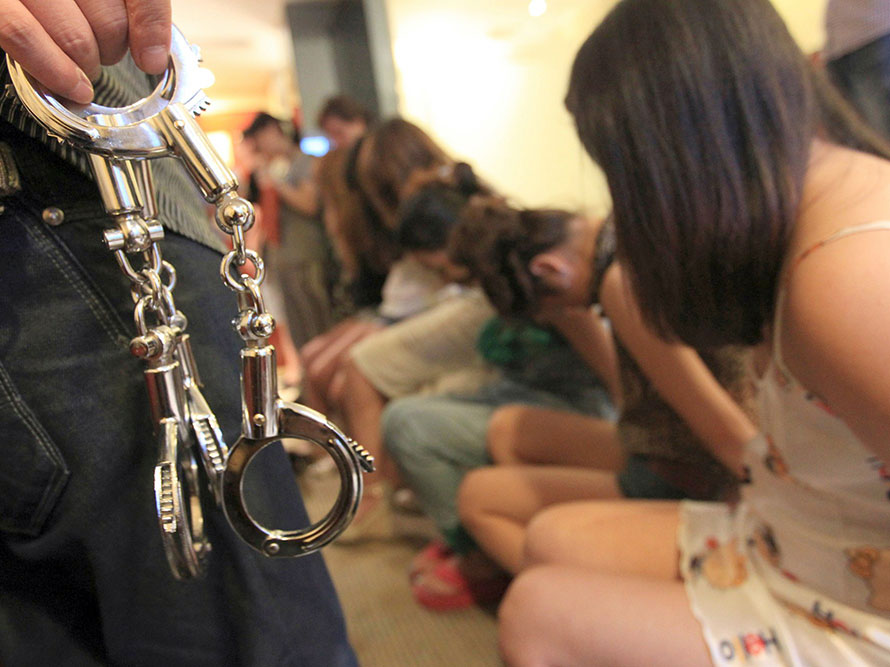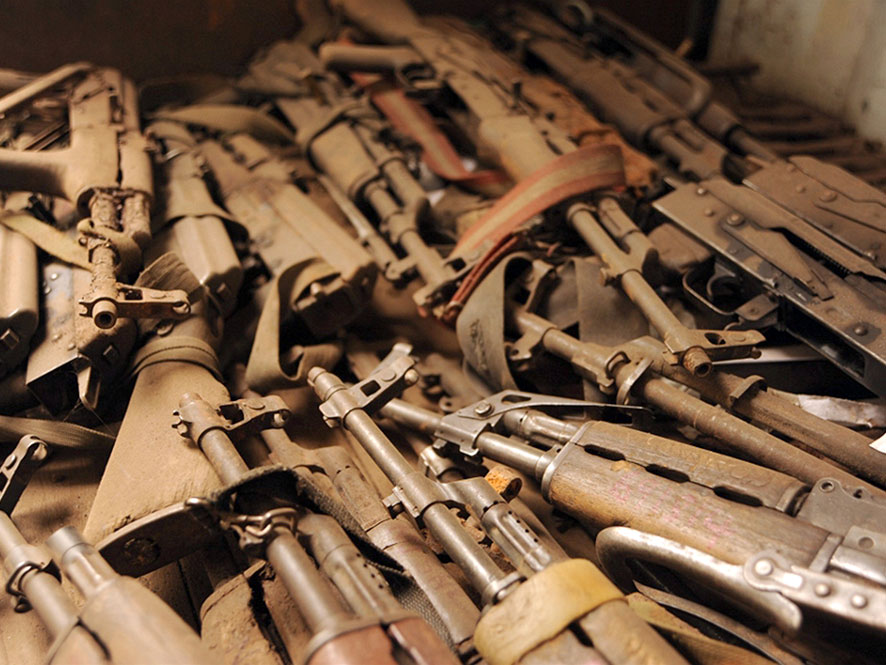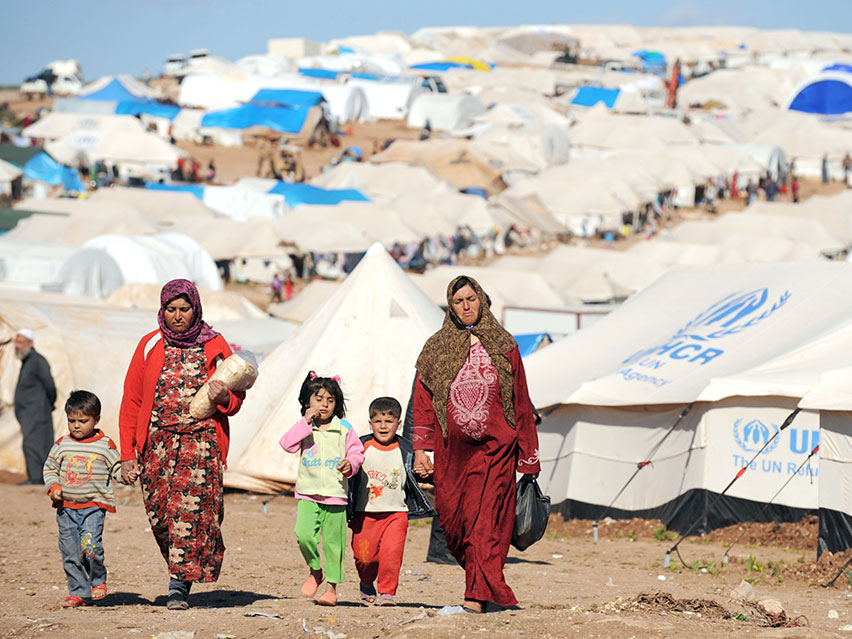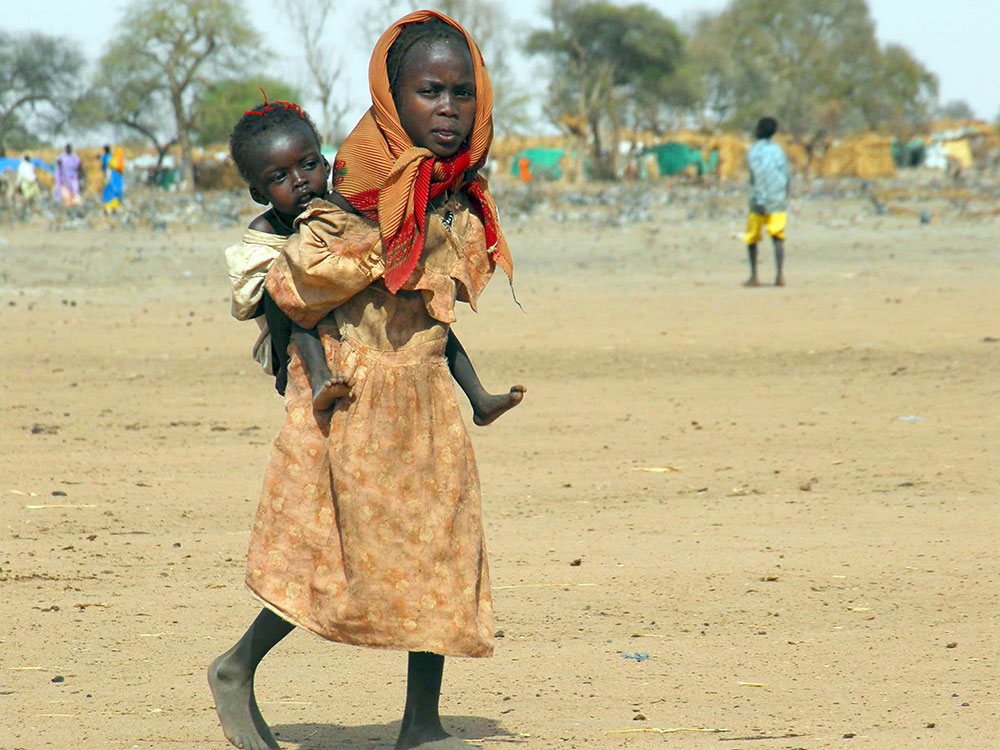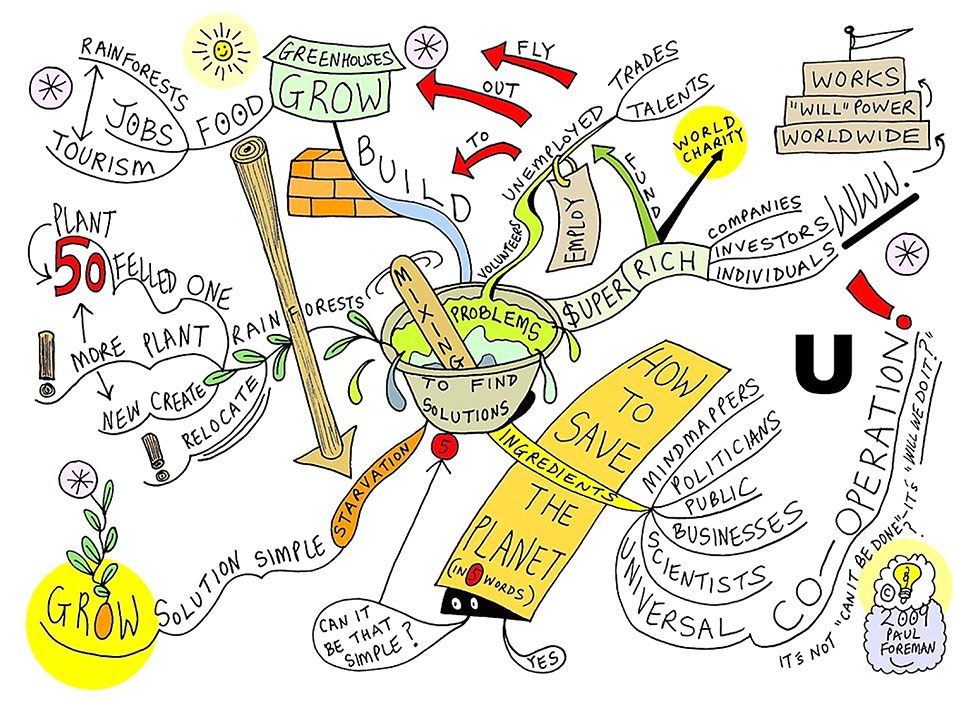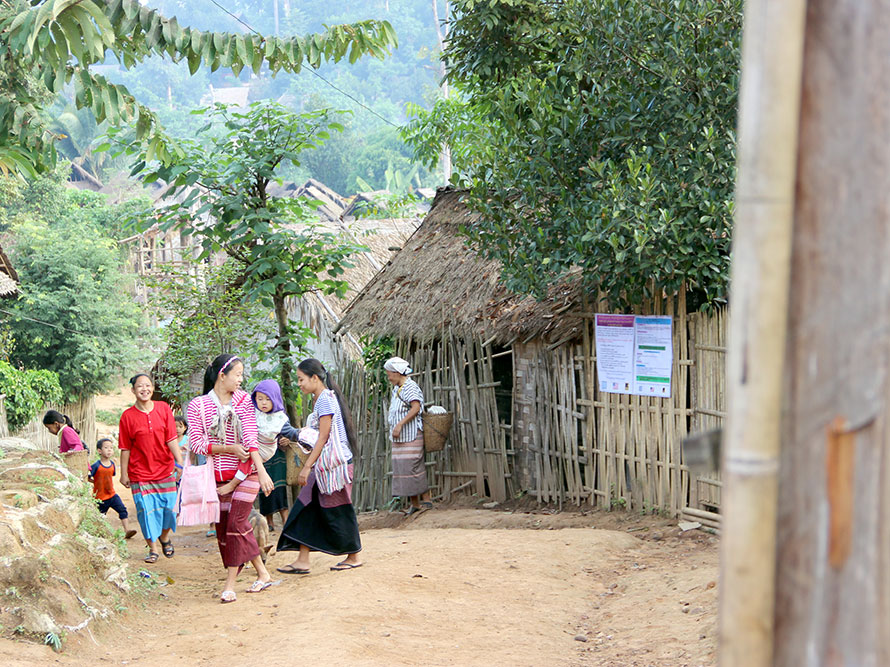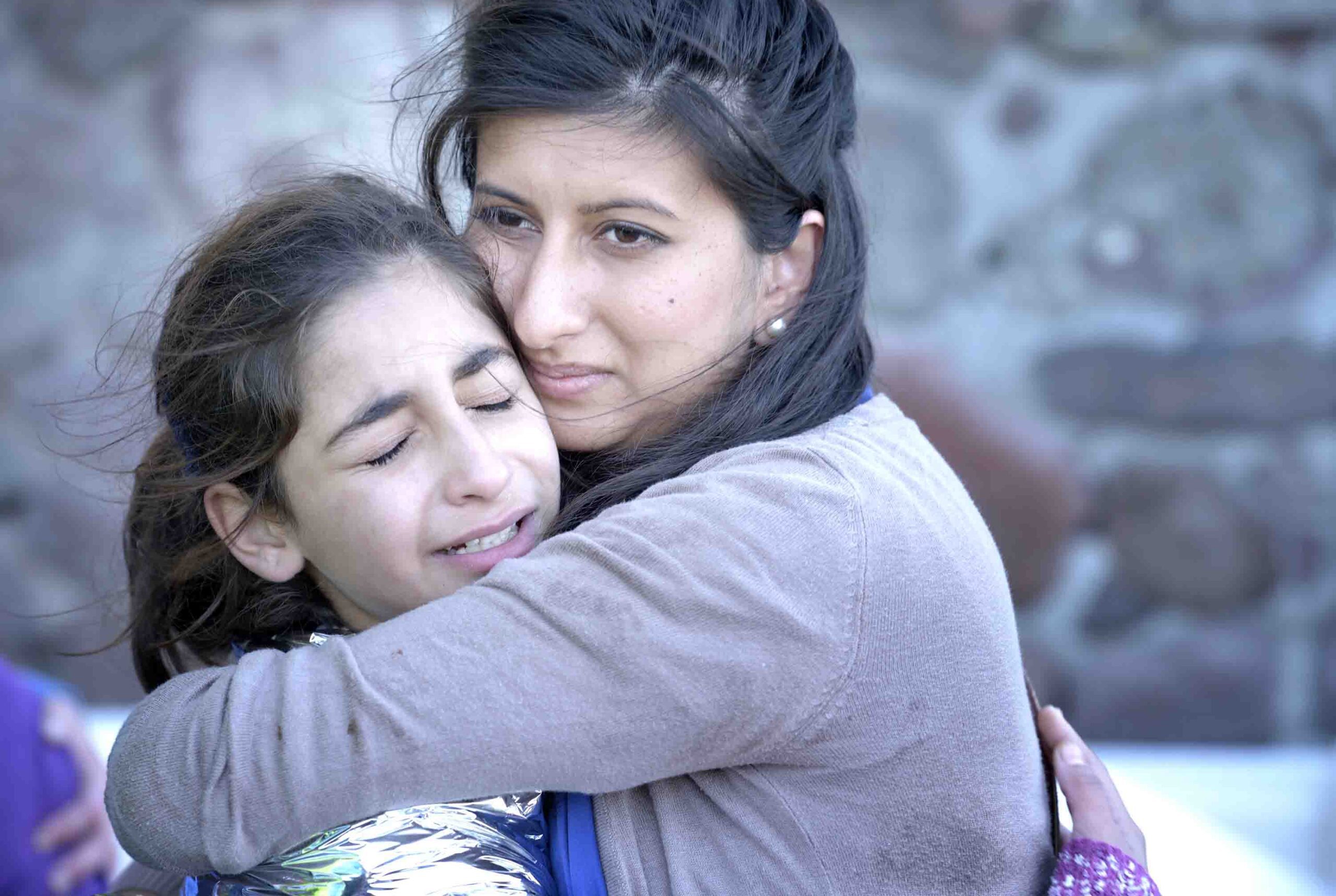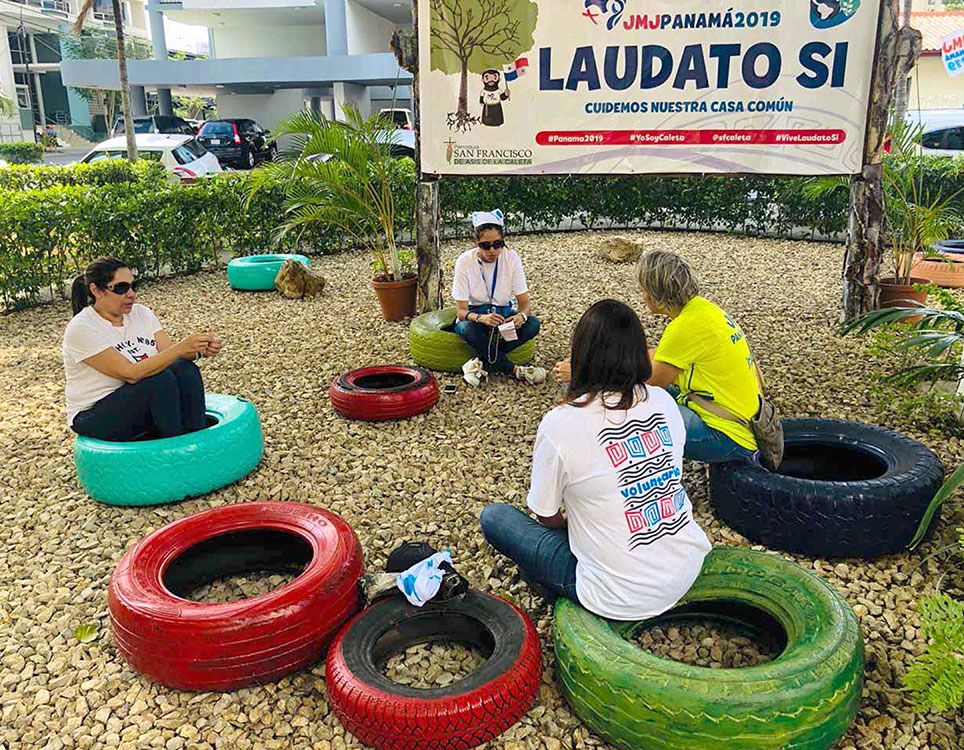The paragraphs above are taken from a Control Arms blog post written last Autumn, shortly after the close of the annual deliberations of the U.N. General Assembly’s First Committee on issues of international security and disarmament. The First Committee has, in recent years, been overtaken by a surge of civil society advocates and experts who have injected a new kind of optimism and energy into the discussions there and in other relevant fora. Many are using the rubric of ‘humanitarian disarmament’ to describe their work, and it’s a term that is rapidly gaining currency with government decision-makers as well. Yet what does this renaissance in disarmament activism mean, and what substantial results will it yield? Despite the great challenges that exist in disarmament and arms control campaigns in past years, progress has not only become possible but necessary.
A RICH TRADITION
Disarmament advocacy is not new. Anti-war movements have existed throughout much of history and in more recent decades, there have been many strong and vivid examples of activism from the anti-nuclear movement, for example. There has always been a rich tradition of speaking out against the misuse of arms but, for many years, efforts were disparate and the space for impact too narrow. Cold War power dynamics, largely defined by state-centrism and zero-sum politics, made it difficult for non-governmental organizations (NGOs) to be part of any policy debates on the subject. It was certainly impossible for them to change the parameters of those debates in which disarmament and arms control were largely seen as the domain of national security.
The end of the Cold War made new approaches possible though because the international landscape slowly opened up to allow new actors to play a greater role, among them, civil society. These years also put new kinds of arms issues on the agenda, including those relating to the small arms and light weapons (SALW) and the first calls for global regulations on the arms trade. In addition, several years of negotiation on a chemical weapons ban were nearing fruition. It was in this context that a new drive on the part of global civil society came about, one that had humanitarian imperatives at its core and transformed the way in which advocacy for disarmament and arms control is being approached.
The movement to ban anti-personnel landmines is often credited as a game changer in the area of humanitarian disarmament and advocacy. The International Campaign to Ban Landmines (ICBL), established in 1992, was one of the first major transnational advocacy networks to effectively mobilize people and organizations from around the world to pressure states to ban a weapon through the establishment of a new international treaty. The ICBL employed a number of tactics which, at the time, were considered groundbreaking and have been frequently emulated since by other international coalitions. These included working with middle power and like-minded governments, using evidence-based campaigning, taking advantage of emerging technologies, and also shifting the ‘burden of proof’ onto governments. Significantly, they also presented the suffering and problems caused by anti-personnel landmines as a humanitarian problem. This helped take the discussions about a treaty out of the usual realm of national security and defense and quite literally put a human face on it. By presenting personal testimonies and shocking stories of harm, the ICBL was able to expand their movement and win public support which made it increasingly difficult for governments not to respond in a meaningful way. This type, of campaign is novel in the early 1990s but is the normal or logical way to do it today. The resulting 1997 Mine Ban Treaty prohibited antipersonnel landmines while also including humanitarian provisions requiring clearance of affected land, and victim assistance as well as disarmament obligations, such as stockpile destruction. It was, in many ways, a break from the traditions of the majority of earlier disarmament instruments and inadvertently laid the groundwork for much of the disarmament activism happening now.
A NEW NORM
Because of such breakthroughs, some observe that a renaissance in the area of disarmament and arms control advocacy has dawned. This “era” has extended until today. In particular, progress has been made in three distinct issue areas over the last year. At the same time, new ways in which advocates are working together to effect change have also emerged.
In November 2013, governments agreed to begin international discussions on fully autonomous robot weapons early next year. Such weapons would select and engage targets without further human intervention. Considering that the ‘Campaign to Stop Killer Robots’ was only launched earlier this year, and that no one was talking about this issue a few years ago, the rate of progress has been remarkable. The topic was taken up this May at the meeting of the Convention on Conventional Weapons, laying a possible framework through which autonomous robot weapons will be banned – before they are even created. The Campaign works closely with the scientific community, which is where a lot of the momentum to act originated.
Finally, the International Campaign to Abolish Nuclear Weapons (ICAN) scored a big success in October 2013 when 125 governments signed a joint statement at the UNGA First Committee expressing their concern over the humanitarian consequences of nuclear weapons. That statement, and the high number of governments that co-sponsored it, was a massive step forward in demonstrating that nuclear weapons should be prohibited on the basis of their humanitarian impact. This was truly a breakthrough moment for modern anti-nuclear campaigners, who have long struggled to make progress within the narrow confines of existing non-proliferation and disarmament instruments like the Nuclear Non-Proliferation Treaty (NPT), which tend to favor the status quo and do not go far enough in enforcing the disarmament obligations of nuclear weapon states. With nuclear issues, it’s been far more difficult to make the same arguments about humanitarian impact as with conventional weapons like landmines, cluster bombs and SALW, which is why the UNGA statement was so significant. A few months after it was delivered, delegates representing 146 governments, as well as the UN, the International Committee of the Red Cross and numerous civil society organizations, participated in the Second Conference on the Humanitarian Impact of Nuclear Weapons held in Nayarit, Mexico, on 13 and 14 February 2014 to discuss global and long-term consequences of any nuclear detonation, accidental or deliberate, from the perspective and concerns of the 21st century society, including areas such as public health, humanitarian assistance, the economy, development and environmental issues, climate change, food security and risk management, among others.
Many of the tactics and methods being used by advocates in the issue areas listed above are similar to those employed by the ICBL nearly two decades ago; tactics which were also built on and expanded by the ICBL’s sister campaign, the ‘Cluster Munition Coalition’ (CMC). The CMC was instrumental in bringing about the 2008 ban on cluster munitions, again by emphasizing the humanitarian impact of clusters and working closely with like-minded and often, middle-power governments.
What is also noteworthy about the last few years is that the number of international coalitions rallying around specific policy objectives or issues, including nuclear weapons, depleted uranium, the arms trade, landmines, cluster bombs and killer robots, is growing. Some have existed for years while more are newly emerging. They are also now a more regular feature of the international landscape. For many organizations, coalitions represent the best way to effectively mobilize resources toward collective goals and to open up new channels for dialogue and information exchange. Having such a broad reach has transformed the ability of NGOs to successfully affect political change at all levels and has altered the ways in which governments and NGOs interact. States are no longer the only actor when it comes to addressing the world’s most pressing issues. NGOs and civil society coalitions offer expertise, ideas, and solutions that are increasingly welcome in the international arena.
In addition, opportunities, like the Humanitarian Disarmament Forum, have enabled many coalitions to build on each others’ successes over time to avoid duplication of efforts while, simultaneously, sharpening the skills of their staff and members. It also fosters collaboration. For example, the International Peace Bureau (IPB) has been organizing an annual Day of Action on Military Spending since 2011. This year, IPB partnered with some of the major anti-nuclear campaigns like ‘ICAN’ and ‘Global Zero’ to not only raise the profile of the day but also demonstrate the interconnectedness of these problems. After all, the issues that each coalition focuses on are all building blocks which, when pieced together properly, will pave the road to a safer and less violent world.
ONLY A DREAM?
Yet, despite the progress outlined above, it would be naïve to pretend that challenges don’t remain. When the Stockholm International Peace Research Institute (SIPRI) recently released its report on global military spending in 2013, they noted an alarming trend. While global military spending has decreased by 2% from 2012 and now totals US$1.7 trillion, China, Russia and Saudi Arabia sharply increased their spending between 2012 and 2013. In fact, Saudi Arabia rose from seventh to fourth in the world. In 2013, its military expenditures totaled US$67 billion, an increase of 14% from the previous year. A related concern that frequently makes headlines is the high level of resources required to maintain and improve existing nuclear arsenals. This is a regularly a topic of concern, particularly in the United States. Meanwhile, other critics of disarmament and arms control have pointed out that certain governments that have recently signed and ratified the ATT are still moving ahead with arms deals with Russia and other countries with dubious human rights records; deals that should be denied once the new treaty is enforced. Given these challenges, does the upsurge in disarmament advocacy matter? Will these new treaties make a difference?
The answer is an unequivocal ‘yes’ and the evidence lies in what has already been accomplished. Consider that, over the past decade, almost 1,981 sq, km. of previously contaminated land has been cleared of mines and more than 3.3 million mines have been removed from the ground because of clearance obligations mandated by the Mine Ban Treaty. If these obligations did not exist, then it is entirely possible that landmine casualty rates would remain high and the barriers to socio-economic development would still be impenetrable. The same can be said for cluster munitions, thousands of which have been destroyed due to stockpile. Were it not for the Chemical Weapons Convention, the international community would not have been able to take legitimate action in Syria after the attacks in Ghouta.
Finally, it is also worth remembering that disarmament advocacy does not exist in a vacuum. The use of arms in conflict of any kind has repercussions to socio-economic development, can exacerbate poverty, is often related to instances of gender-based violence, and can be connected to corruption. If policy-makers seek to make improvements in those arenas, then the role that better arms control or disarmament measures can play should not be overlooked.




